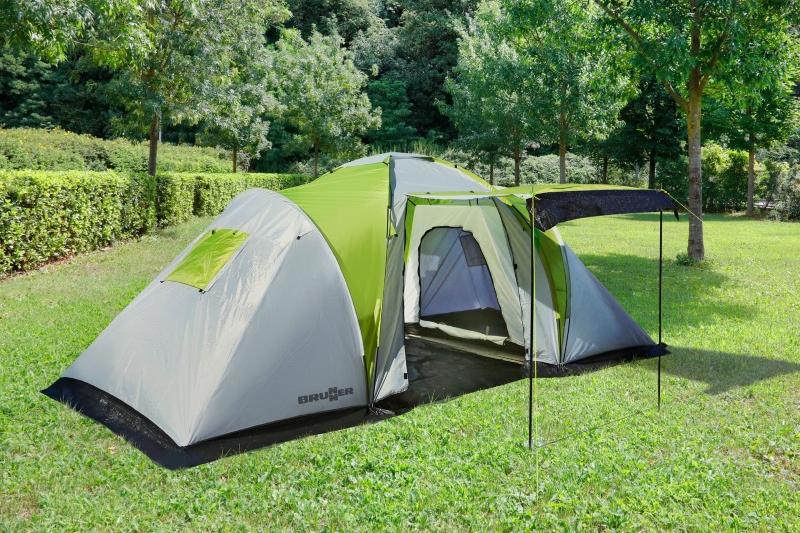If your typical week seems marked in double time, come Friday you want—you need—a time out. Make that time outdoors— a great way to back away from the blur of life in the express lane. You don’t need to travel far to find a different world, but you will need to change your way of living, at least temporarily, because the best way to experience all the good of the outdoors is to plant a tent in its midst. Here, you’ll wake up to dawn colors mirrored in a shimmering pond, or sunbeams flickering across the forest floor. You’ll tune to nature’s sounds: wind humming a lullaby, birds chattering in a chorus, crickets adding percussion.
You could seek all this good input for just your own benefit, but it’s all the better when shared with the significant others in your life.
Tent campers give all sorts of reasons why they like outdoor living. It’s a return to a simpler life or a simple change of pace. It’s a challenge of self-sufficiency, or a get-together with friends. Some try to define it in more cerebral terms, like filling the voids in life with beauty or serenity, freedom or space, but it all comes down to feeling good because that’s what camping does for you.
Table of Contents
Common Ground
Different tent designs suit different applications. Which style you eventually buy will depend to a large extent on how you want to use the tent, but certain considerations are common to all. These can be used as a starting point in your search for shelter, and as a later basis for comparing individual tents.

As a logical first, the tent must stay dry inside, even when a summer squall sends rain into camp at a near-horizontal angle. The floor must halt any upward absorption of ground moisture; if the tent fails to achieve either of the above requirements, the campers will not stay happy very long.
Good ventilation is the next necessity. The tent should have openings (doors or windows) on all sides, if practical, to catch breezes from any direction and carry condensation away. Fine-meshed screens on all windows and doorways let air in and keep bugs out. Covering haps of tent fabric roll down to cover the window screening if the breeze turns chilly or if you want some privacy.
Ideal camping tents
Ideally, a tent should be fairly easy to put up (pitch) or take down (strike), even in the dark and especially in the rain. lt should fold into a compact, easily carried package, usually in its own storage bag, ready to stuff into a car or canoe.
While the backpacker or bicyclist must count every ounce and inch, the car or canoe camper can handle the added weight and mass of a larger, more comfortable tent. Size may be most critical when you’re tent-bound by an all-day rain. You should be able to assign a corner where each person can read, nap, play, or otherwise hide from the weather.
Don’t expect a tent to keep you truly warm on truly cold days; it can only give protection from wind and wetness. (Tent heaters are an iffy option) Don’t be put off by thoughts of rain and cold; the idea is to prepare for the worst-case days so you can enjoy the best ones. With summertime camping, cold is seldom a problem.















